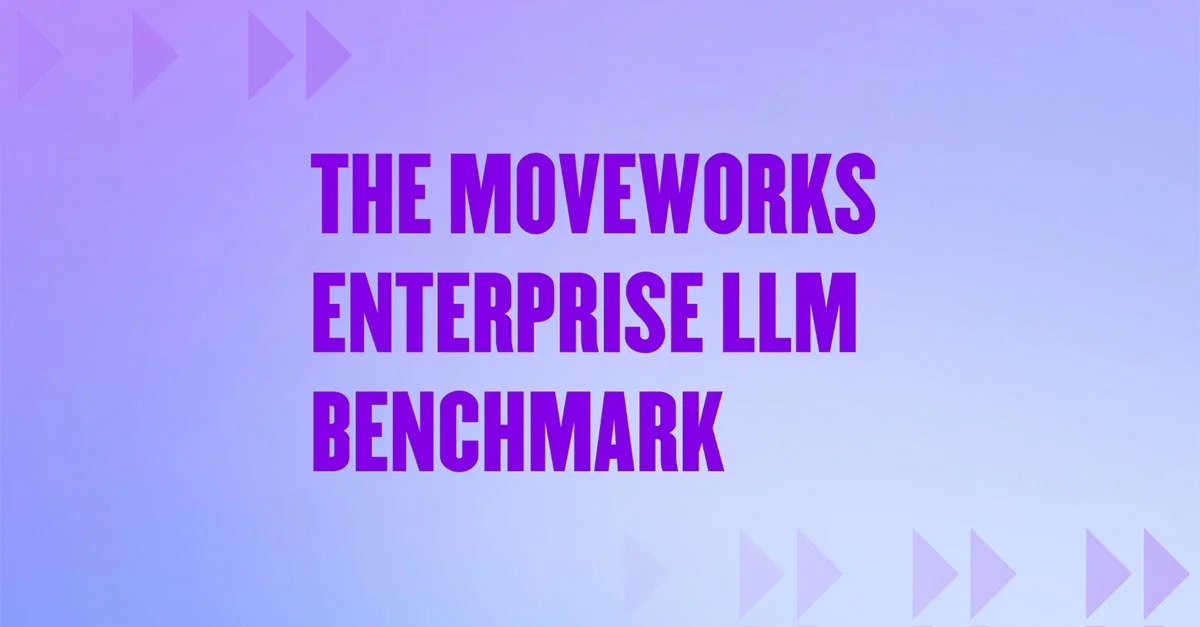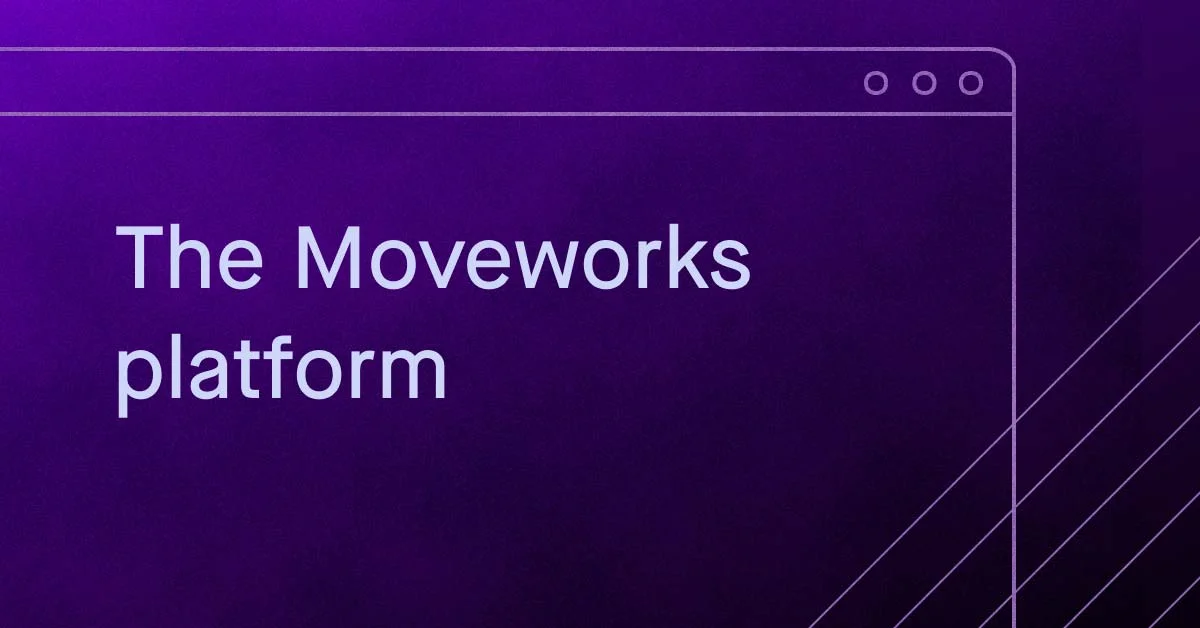- Text 1
How does pre-training work?
Pre-training is the process of initializing a machine learning model by training it on a large, generic dataset before fine-tuning it to a downstream task. More specifically, pre-training involves training a model on a diverse dataset unrelated to the end task, allowing it to learn representations capturing general patterns about the characteristics and relationships in data.
The model architecture used for pre-training is designed to be versatile across problem domains. For example, transformer networks are commonly used today due to their flexibility. The model is trained on the unlabeled pre-training dataset using objectives like masked language modeling for natural language processing (NLP) models or contrastive learning for computer vision models. These objectives teach generalizable features useful for adapting later.
This pre-training phase allows the model to ingest huge volumes of data to learn foundational knowledge about the data distribution. The model develops a generic understanding about attributes and structures that prove transferable later when specializing the model.
Pre-training equips models with an informative starting representation before tackling the target task. This representation is then optimized further during task-specific fine-tuning on downstream datasets. Pre-training gives models a valuable head start compared to random initialization, providing crucial inductive bias. The representational knowledge encoded in the pre-trained parameters allows models to learn new specialized tasks much more quickly and performantly during fine-tuning.
Why is pre-training important?
Pre-training is crucial because it equips models with learned knowledge that primes them for specialization down the road. By developing versatile representations from unlabeled data first, models can adapt to specialized tasks much more efficiently during fine-tuning. Pre-training teaches models how to learn so they are not starting from complete scratch when presented with new tasks and data distributions.
This transfer learning is key to enabling quick adaptation with limited training data. Pre-training has been pivotal in breakthroughs like BERT for NLP by building generalizable foundations applicable to many language tasks. Overall, pre-training unlocks superior model capabilities by providing an invaluable starting point before optimization on end tasks.
Why does pre-training matter for companies?
Pre-training results in more performant and flexible AI applications. Pre-trained models can achieve better results on business tasks using much less task-specific data. This approach enables adopting AI rapidly with lower data needs.
Pre-training also makes models more adaptable to new business requirements by learning versatile representations. Companies can leverage the same pre-trained model for diverse tasks, saving development time. Pre-training produces higher-quality models while requiring less customization for each application. Additionally, pre-trained models are available publicly, allowing companies to integrate cutting-edge AI rapidly.



